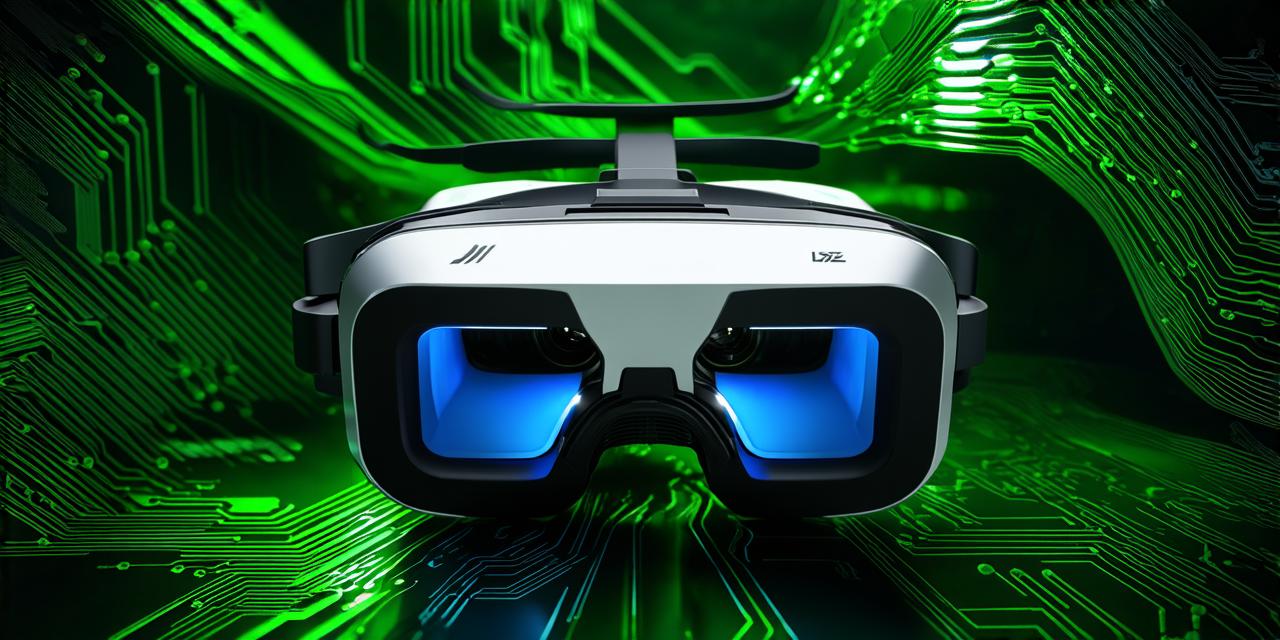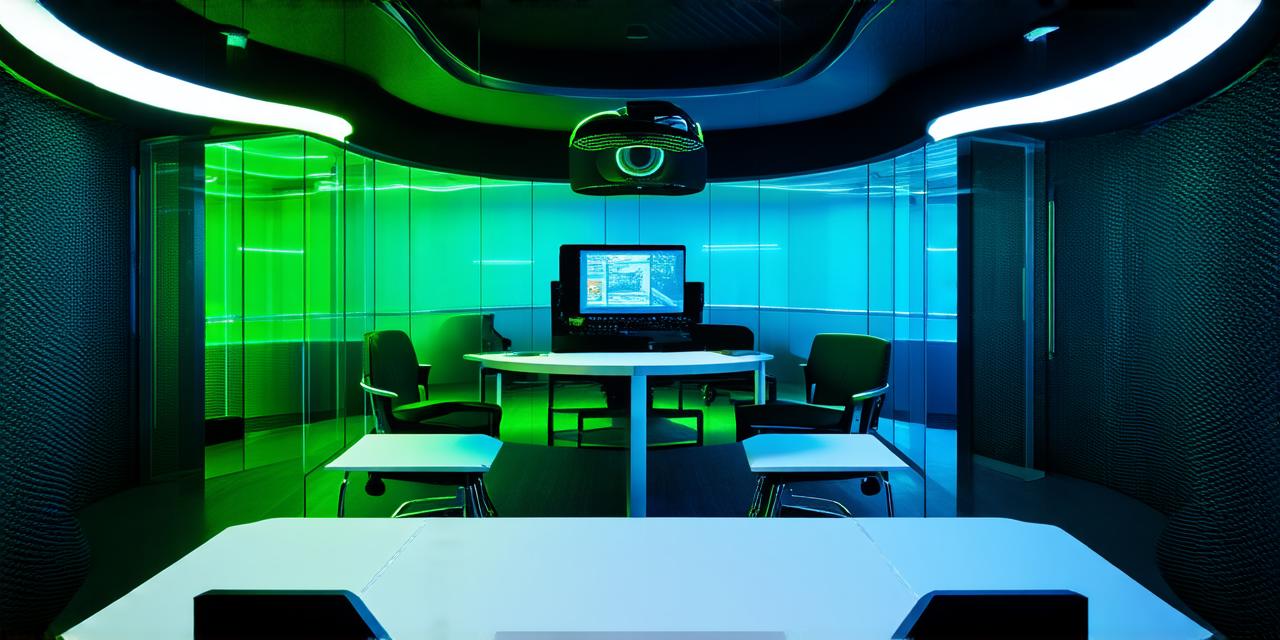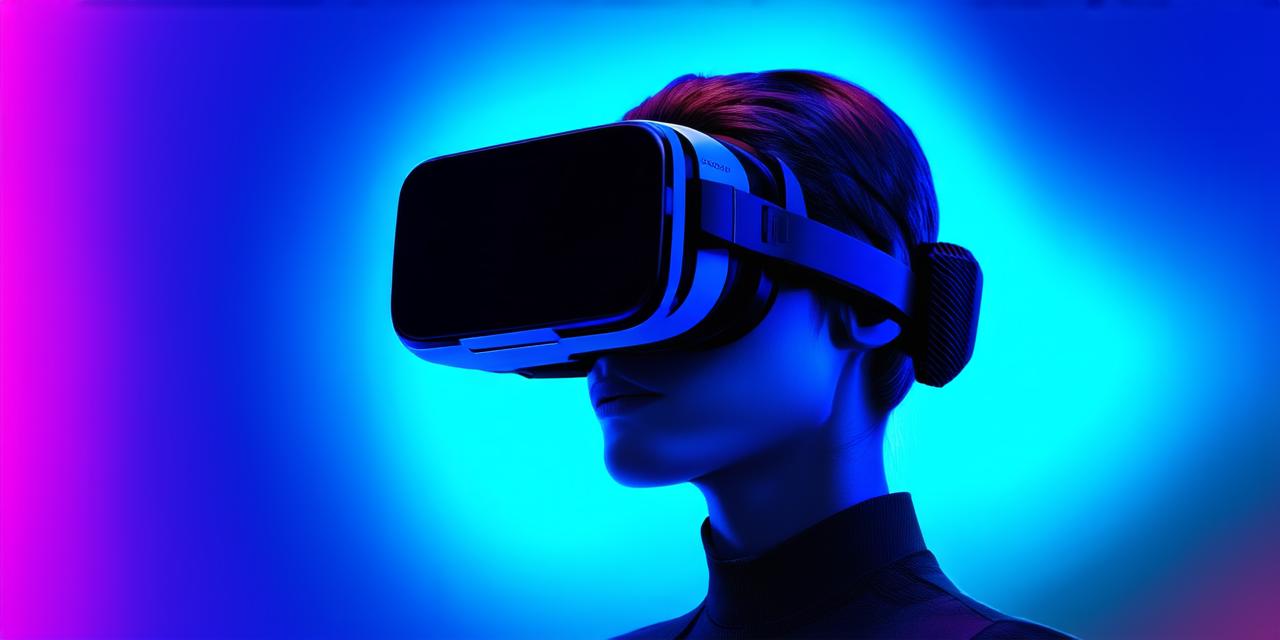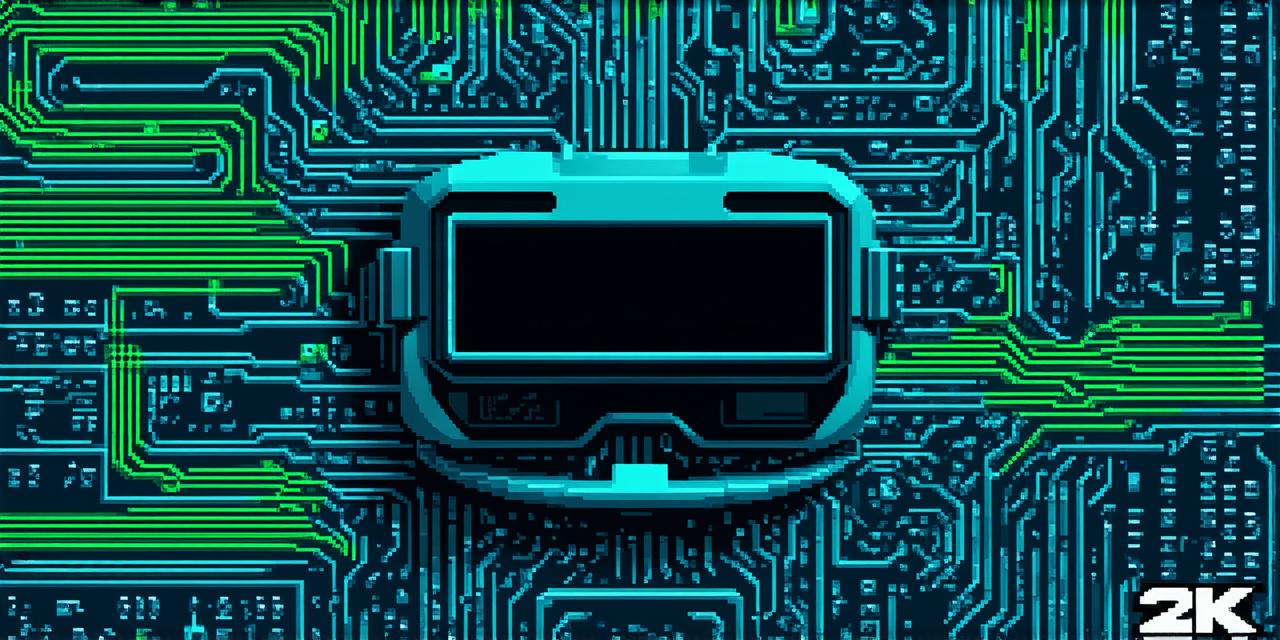What is Virtual Reality?
Virtual reality (VR) is a computer-generated simulation that allows users to interact with a digital environment as if they were in a real-world setting. VR headsets, controllers, and sensors track the user’s movements, allowing them to explore and interact with the virtual world in real-time.
Applications of Virtual Reality
Virtual reality has numerous applications across various industries, including entertainment, education, healthcare, and business. Here are some examples:
- Entertainment: VR gaming is a popular application of virtual reality, offering an immersive gaming experience that transports players into a digital world.
- Education: Virtual reality can be used to create educational experiences that allow students to learn in an engaging and interactive way. For example, VR simulations can be used to teach science, history, and language learning.
- Healthcare: Virtual reality can be used for medical training, allowing doctors and nurses to practice procedures in a safe environment. It can also be used for pain management and therapy, as well as for treating phobias and anxiety disorders.
- Business: VR can be used for product visualization and prototyping, allowing businesses to create and test products before they go into production. It can also be used for training employees and for creating immersive marketing experiences.
How AR Developers Can Use Virtual Reality
As AR developers, you may be wondering how VR can enhance your work. Here are some ways you can leverage virtual reality to create innovative AR experiences:
- Create 3D models: Virtual reality allows you to create 3D models of objects and environments that can be used in your AR applications. You can use VR software to design and build these models, which can then be exported and integrated into your AR apps.
- Augment reality experiences: You can use virtual reality to create immersive augmented reality experiences for your users. For example, you could create a virtual try-on experience for a clothing item or allow users to visualize furniture in their home before making a purchase.
- Interactive training: VR can be used to create interactive training experiences that simulate real-world scenarios. For example, you could create a VR simulation of a construction site and use it to train workers on how to operate heavy machinery safely.
- Product visualization: Virtual reality can be used to create realistic product visualizations that allow businesses to see how products will look in a virtual environment before they go into production. This can help businesses make more informed design decisions and reduce the risk of costly errors.
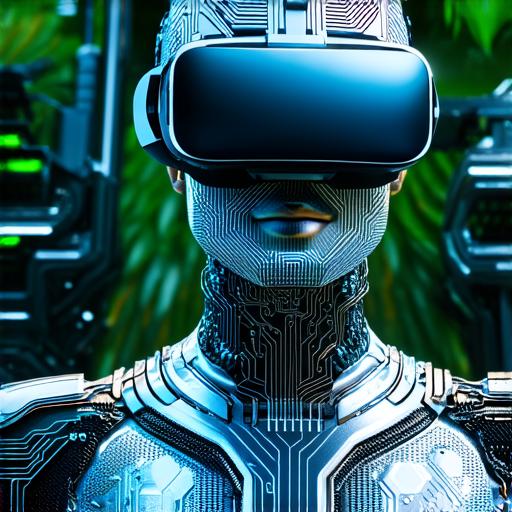
Case Studies and Personal Experiences
Here are some case studies and personal experiences that illustrate how VR is being used in AR development:
- IKEA’s Virtual Room Planning App: IKEA’s virtual room planning app uses augmented reality to allow users to visualize furniture in their home before making a purchase. Users can see how different pieces of furniture will look in their space and make adjustments as needed.
- Aviation Training: Virtual reality is being used to train pilots and flight attendants on how to handle emergency situations in a safe and controlled environment. These simulations allow trainees to practice procedures without putting themselves or others at risk.
- Medical Training: Virtual reality can be used to simulate surgical procedures, allowing doctors and nurses to practice and improve their skills in a safe and controlled environment. This has the potential to save lives by reducing the risk of errors during actual surgeries.
Research and Experiments
There is a growing body of research on the effectiveness of virtual reality for training and education. For example, a study published in the Journal of Applied Psychology found that VR simulations were as effective as real-world training for learning how to operate heavy machinery safely.
Furthermore, experiments have shown that VR can improve learning outcomes by making the learning process more engaging and interactive. In one study, students who used VR to learn about history were more likely to remember the information than those who used traditional teaching methods.
FAQs
What is the difference between virtual reality and augmented reality? Virtual reality is a fully immersive technology that creates a digital environment that replaces the real world, while augmented reality adds digital elements to the real world.
How do I get started with virtual reality development? There are many tools and software available for virtual reality development, including Unity, Unreal Engine, and A-Frame. You can also find online tutorials and resources to help you get started.
Can virtual reality be used for remote collaboration? Yes, virtual reality can be used for remote collaboration by allowing users to interact with each other in a shared virtual space. This can be useful for teams that are working remotely or for businesses that have employees located in different parts of the world.
Conclusion
Virtual reality is an exciting technology that has numerous applications across various industries, including AR development. By leveraging virtual reality, AR developers can create innovative and immersive experiences for their users. As the technology continues to evolve, we can expect to see even more creative uses of VR in the future.
